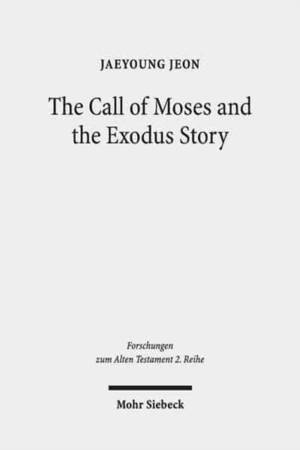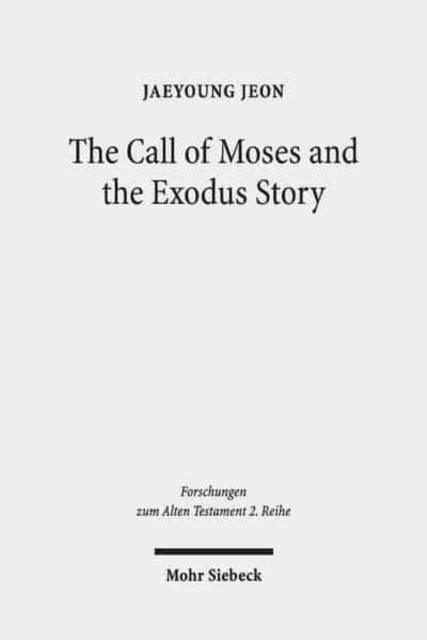
- Afhalen na 1 uur in een winkel met voorraad
- Gratis thuislevering in België vanaf € 30
- Ruim aanbod met 7 miljoen producten
- Afhalen na 1 uur in een winkel met voorraad
- Gratis thuislevering in België vanaf € 30
- Ruim aanbod met 7 miljoen producten
Zoeken
The Call of Moses and the Exodus Story
A Redactional-Critical Study in Exodus 3-4 and 5-13
Jaeyoung Jeon
€ 93,95
+ 187 punten
Omschrijving
Jaeyoung Jeon examines and assesses recently suggested models for the formation of the Pentateuch through a redactional-critical analysis of the Call of Moses (Exod. 3-4) and the Exodus story (Exod. 5-13). He observes that Exod. 3-4 was formed through a series of stages of Deuteronomistic composition and redaction, to which some post-Priestly additions were made. Comparative analysis suggests that the elements of Deuteronomistic formation precede P and that the direction of influence is from the non-P narrative (Exod. 3-4) to the P call narrative (Exod. 6). Jeon also shows that although some of the literary layers in Exod. 3-4 extend through the Exodus story (Exod. 5-13), the present form of the latter has been shaped by a post-Deuteronomistic but pre-Priestly composition based on an earlier proto-Exodus story. He therefore concludes that the Pentateuch or Hexateuch might be the product of a more complicated process of development than the current models describe.
Specificaties
Betrokkenen
- Auteur(s):
- Uitgeverij:
Inhoud
- Aantal bladzijden:
- 270
- Taal:
- Engels
- Reeks:
- Reeksnummer:
- nr. 60
Eigenschappen
- Productcode (EAN):
- 9783161527265
- Verschijningsdatum:
- 1/11/2013
- Uitvoering:
- Paperback
- Formaat:
- Trade paperback (VS)
- Afmetingen:
- 155 mm x 231 mm
- Gewicht:
- 435 g

Alleen bij Standaard Boekhandel
+ 187 punten op je klantenkaart van Standaard Boekhandel
Beoordelingen
We publiceren alleen reviews die voldoen aan de voorwaarden voor reviews. Bekijk onze voorwaarden voor reviews.











